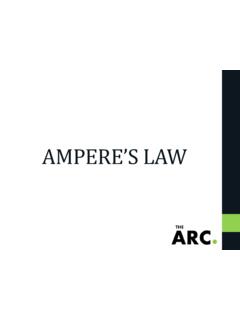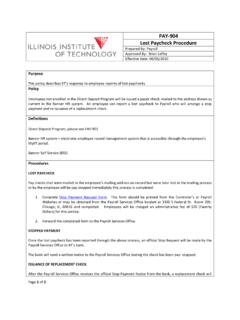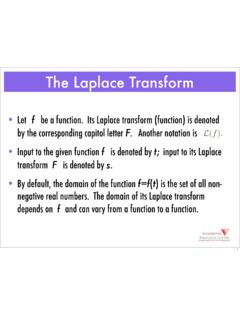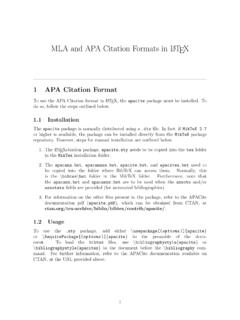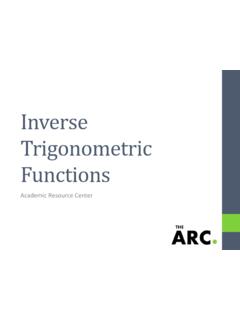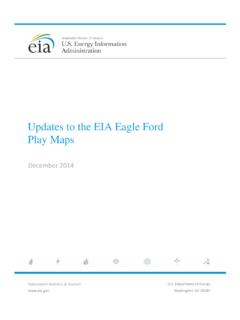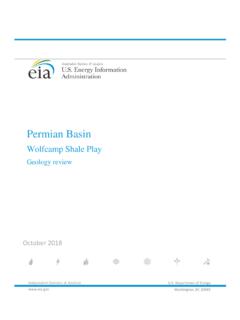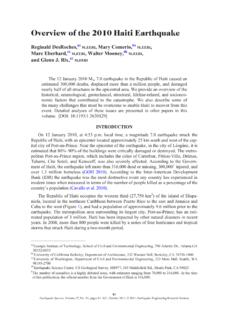Transcription of Topographic Maps and Countours - Illinois Institute of ...
1 Topographic Maps and Countours Academic Resource Center Topography: The relief features or configuration of an area. *How do we measure it? Contour Lines Contour lines, or isohypses, connect points of equal elevation. Consider a receding water level. Contour Map Characteristics Index Contours are used to label the elevation of the their associated points. Bolded to facilitate reading of the map. Often occur in intervals of five contour lines. Contour Map Characteristics Contour Interval: Horizontal distance between two contours Close together: Steep slope Far apart: Gradual slope Gradual Slope Steep Slope Contour Map Characteristics Valleys: Lines form a V pattern along valleys Vs point upstream; indicating the direction of the stream flow. Streams always flow downhill Contours can and do cross streams Contour Map Characteristics Concurrency: Contour lines never cross or divide.
2 Cliffs: May appear to merge on vertical cliffs, but are stacked. Caves: May appear to cross in caves, but go under one another. Contour Map Characteristics Hills and knobs are shown as closed, concentric contours. Closed depressions and basins are shown as closed contours with hatches pointing downslope. Hills: Depressions: Contour Map Characteristics Other geologic features commonly expressed by contour maps include: Drumlins Sink Holes Sand Dunes Volcanos Dissected Plateaus Rolling Hills Folds Contour Map Generation In the field, points and their elevations are measured using automatic levels, total stations, or GPS devices Geotechnical engineers use these points to generate Topographic maps. Contour Map Generation Contour Map Generation Estimating Contour Intervals: Use an engineering scale Measure the distance between two points Divide the distance by the number of contours Mark the points along the interval Contour Map Generation Example: Contours are to be placed every ten feet.
3 D = 300 feet There are to be three contour lines on this interval. Divide 300 feet by 3 to get one contour every 100 feet. Mark four points (two on the endpoints, and two between) and draw the contours. Topographic Profiles Cross-sectional view of a portion of a Topographic map. Used to demonstrate the vertical scale of landforms. Usually use an exaggerated scale. Topographic Profiles Generating profiles: Draw a line between the two points bounding the desired profile area. Place a folded sheet of paper along the line. Mark each contour line intersecting the paper. From each mark, indicate the vertical height with a dot on a scale. Connect the height dots with a smooth line. Other Mapping Methods Aerial Photography Extensive visual details Allow stereoscopic viewing Lack information about rock bodies, terrain, and other geologic features Other Mapping Methods Landsat and Radar Earth Resources Observation System (EROS): satellite array Can see through cloud cover Can be enhanced with false color Used by Google Earth Other Mapping Methods Computer Generated Terrain Models Store vast amounts of data Can be rendered from Landsat and radar data Vertical scale can be exaggerated Reveals features that may not be immediately apparent Other Mapping Methods Geologic Maps Display different rock types in an area Readily available on United States geological Survey websites Usually lack elevation information Questions?
4

